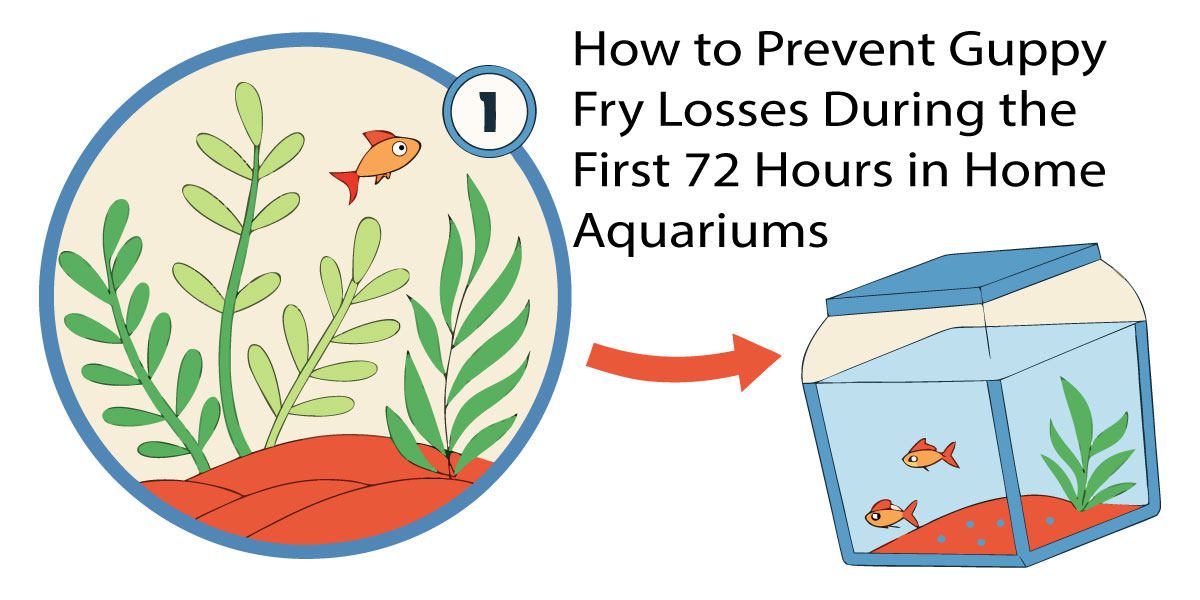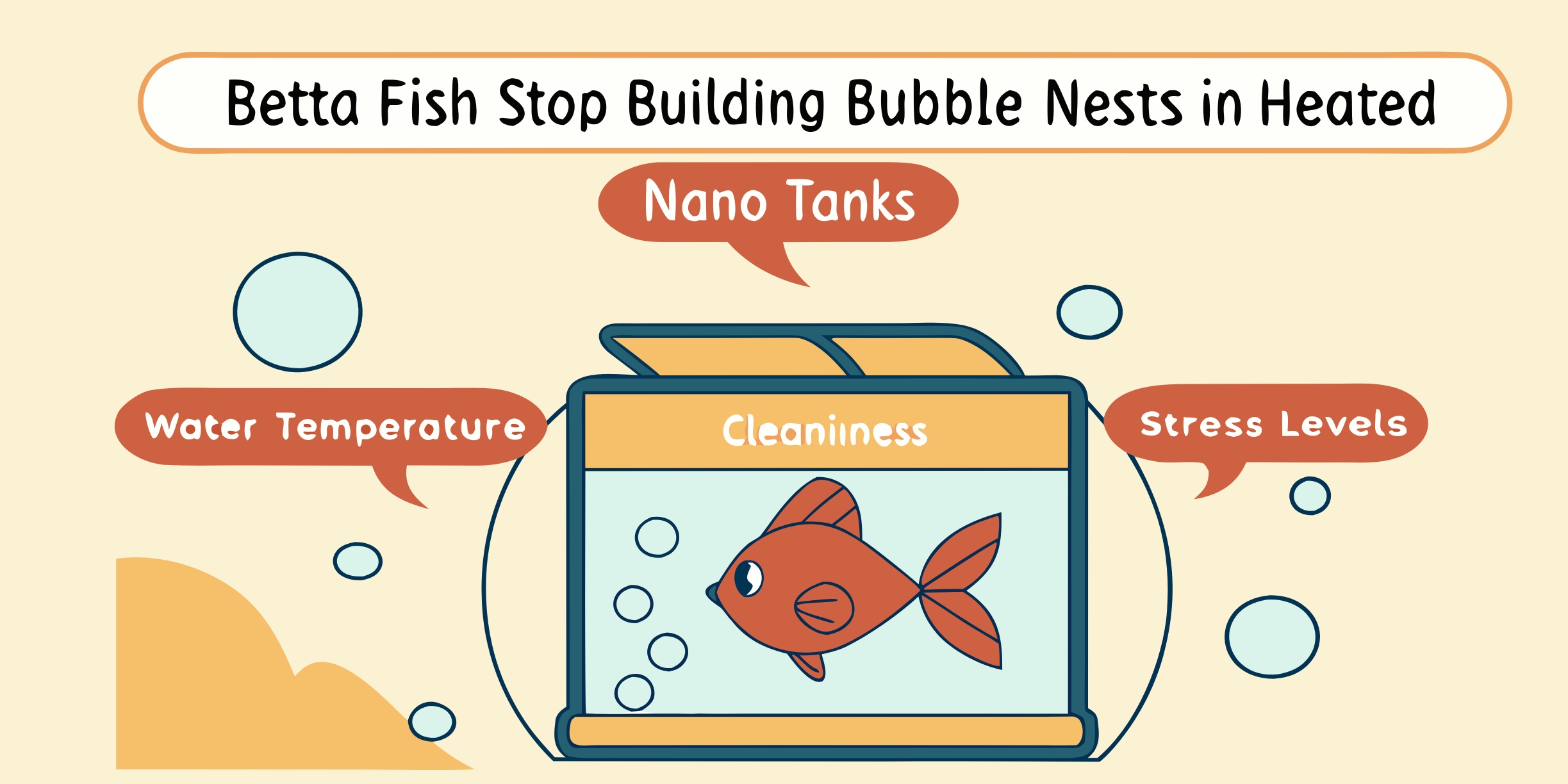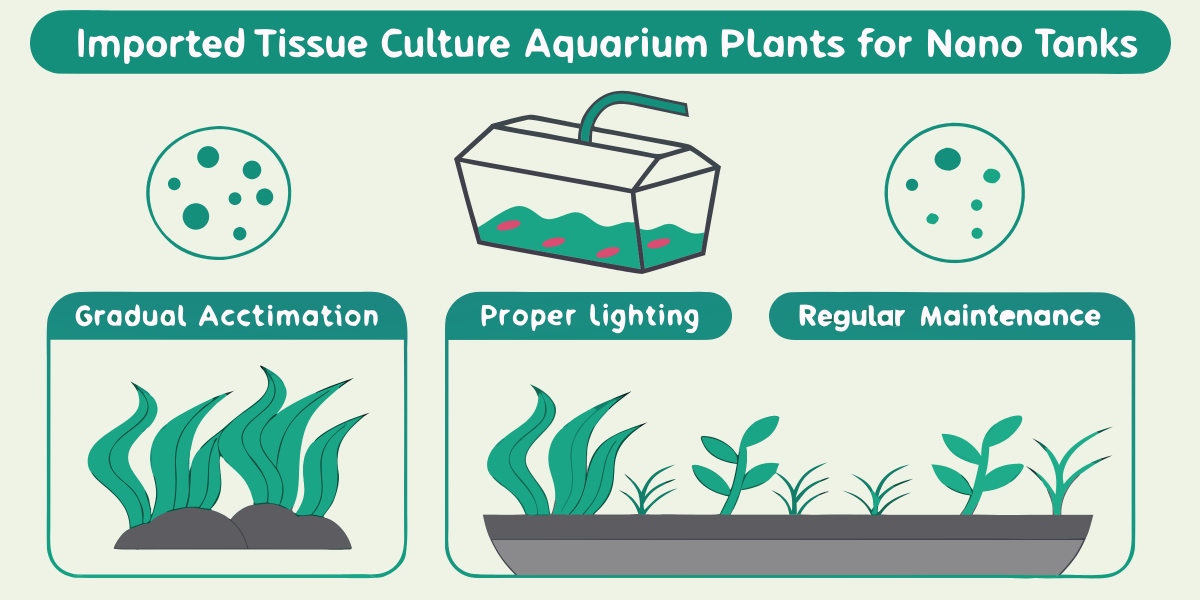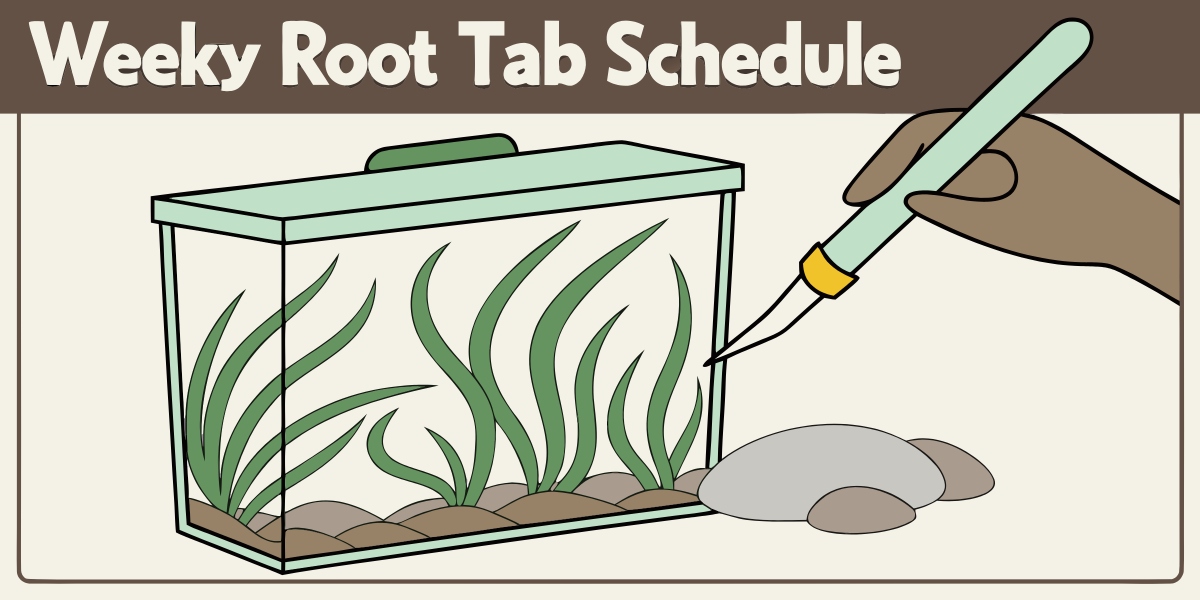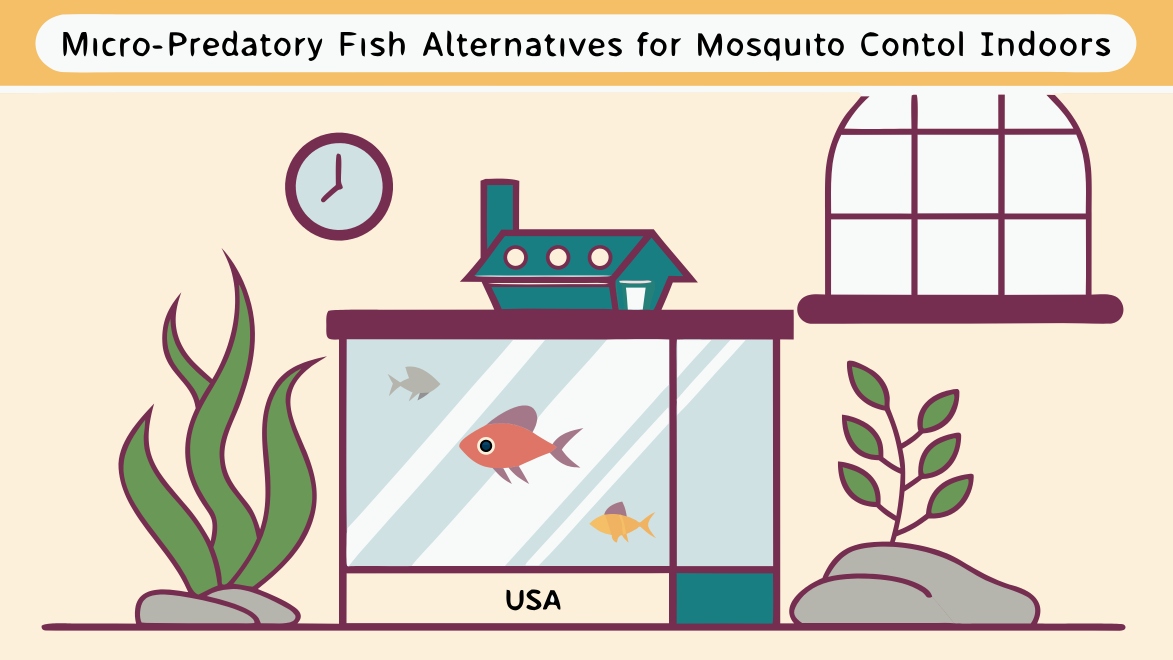How to Prevent Guppy Fry Losses During the First 72 Hours in Home Aquariums
The birth of guppy fry is an exciting moment for aquarium hobbyists, but it is often followed by disappointment when fry begin to disappear within the first few days. For many home aquariums in the USA, the first 72 hours after birth are the most critical period for guppy fry survival. During this short window, … Read more

